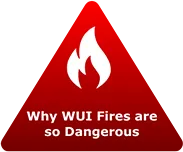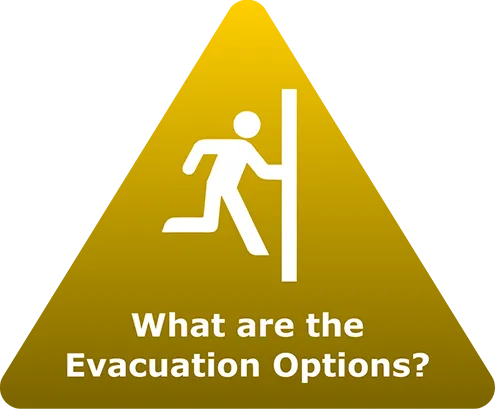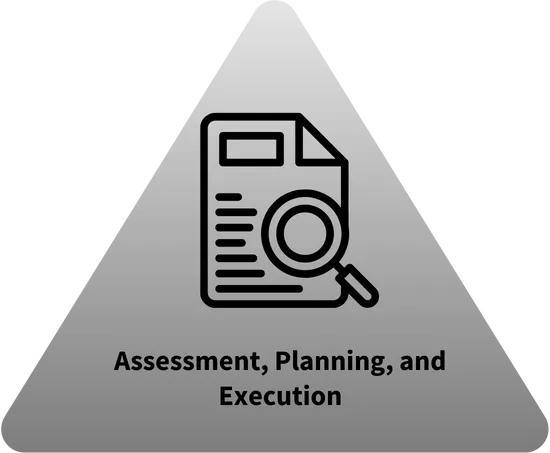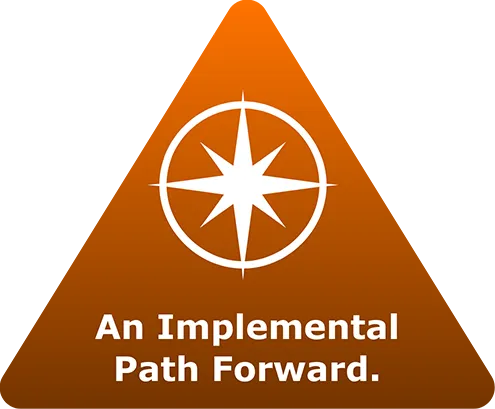
WUI Fire Evacuation and Sheltering Considerations — Assessment Planning and Execution
How to identify the threshold for the Red/Green Zones
The ITS data is used together with estimated fire spread rates (FSmax) for the expected worst-case conditions to identify the boundary of the Green and Red Zones. By establishing this boundary, there is a spatial threshold around the community that defines the early evacuation and full community evacuation scenarios. Any fire outside of this boundary that is heading towards the community will trigger a community-wide evacuation. The radius of the Green Zone can be increased to address uncertainties in evacuation time and fire spread rate and can be viewed as an engineering safety factor.
The exact location of the ignition in the development of the Green Zone fire scenarios is less important than the combination of maximum fire spread rate and direction of fire spread. Topographic features and climatology of strong winds can help identify general scenarios.
The probability of ignition and the likelihood of containment do not factor in the development of the Green Zone. The first step is to determine the inner boundary—the distance from a community that will allow enough time for a full evacuation. To make the zone useful, criteria need to be further developed to identify which ignition in the Green Zone will warrant the full community evacuation. Wind, topography, and fuels are the primary drivers that influence fire spread. Since topography does not change and vegetative fuel buildup is a long-term process, the primary variables that need to be characterized are fuel moisture, wind, and firefighting response. Local fire history and weather records can be used to establish thresholds for fuel moisture and wind speed parameters.
The established fuel moisture, wind, and firefighting response characteristics can be used to help triage ignitions in the Green Zone. Slower moving fires occurring during lower winds or wetter fuel conditions will take longer to reach the community and may be successfully controlled by aerial resources; however, these fires should not be dismissed and need to be monitored carefully.
Workflow to identify the threshold for the Red/Green Zones
- Estimate Fire Spread Rate (FSmax) for worst case conditions (including based on extreme fuels moisture, fire history, wind, and topography conditions)
- Use FSmax and ITS to identify Green/Red Zone boundary (e.g., FSmax = 4 mph, ITS = 2 h → Green/Red boundary = 4 mph x 2 h = 8 miles). This can be calculated for the entire area around the community, or the calculation can be applied to different sectors if fuels and fire history, topography and local winds require it.
- Add safety factors
- Develop criteria to triage less-than-extreme fires (based on fuel moisture content and weather/wind conditions)
- Identify if any exclusion zones exist (areas where a fire ignition will not pose a threat to the community).



